What is Taoism?
Exploring the Path of Balance and Harmony

Have you ever felt that life should flow naturally, free from forced ambition or struggle?
Many of us sense that our fast-paced lives are at odds with our inner calm. As we search for balance, we might wonder if there’s a way to approach life that encourages harmony and ease.
This is where Taoism offers insights. Rooted in ancient Chinese philosophy, Taoism invites us to live in alignment with the Tao—a concept that translates to "The Way" or "The Path." Together, we’ll explore the foundations of Taoism, its guiding principles, and how this philosophy can help us cultivate balance and peace in a modern world that often feels anything but harmonious.
The Roots of Taoism
A Shared History and Common Origins
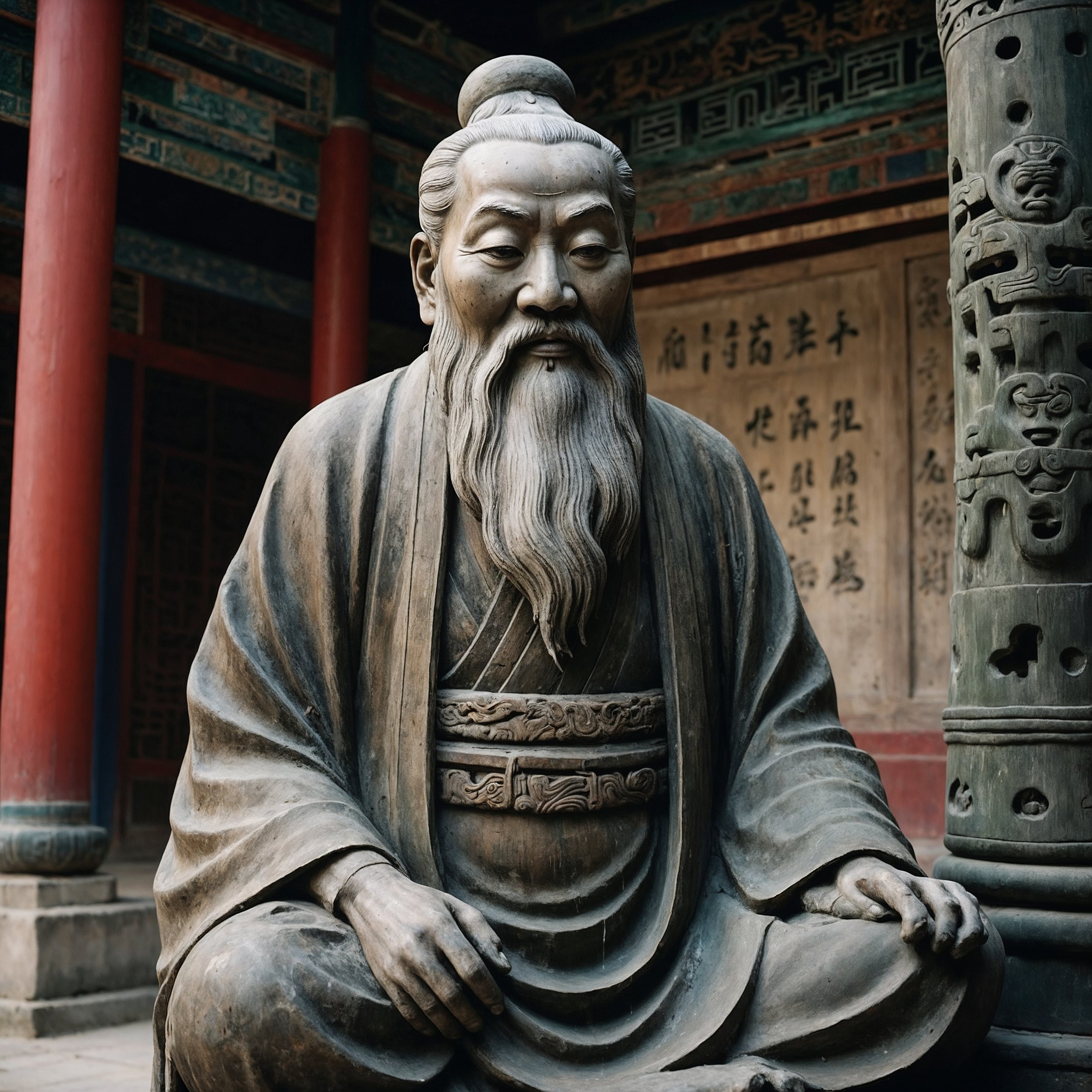
Taoism, or Daoism, emerged in ancient China around 500 BCE, in response to the complex needs of society and individual well-being. Its ideas grew from teachings by wise figures such as Laozi, the author of the Tao Te Ching, and Zhuangzi, who expanded these ideas with relatable stories and symbols.
At its heart, Taoism took shape alongside other philosophies, like Confucianism, each proposing unique ways to understand human nature, society, and the self. While Confucianism stressed order and social roles, Taoism introduced a path centered on harmony with nature and life’s natural flow—an approach that resonates deeply with many of us today.
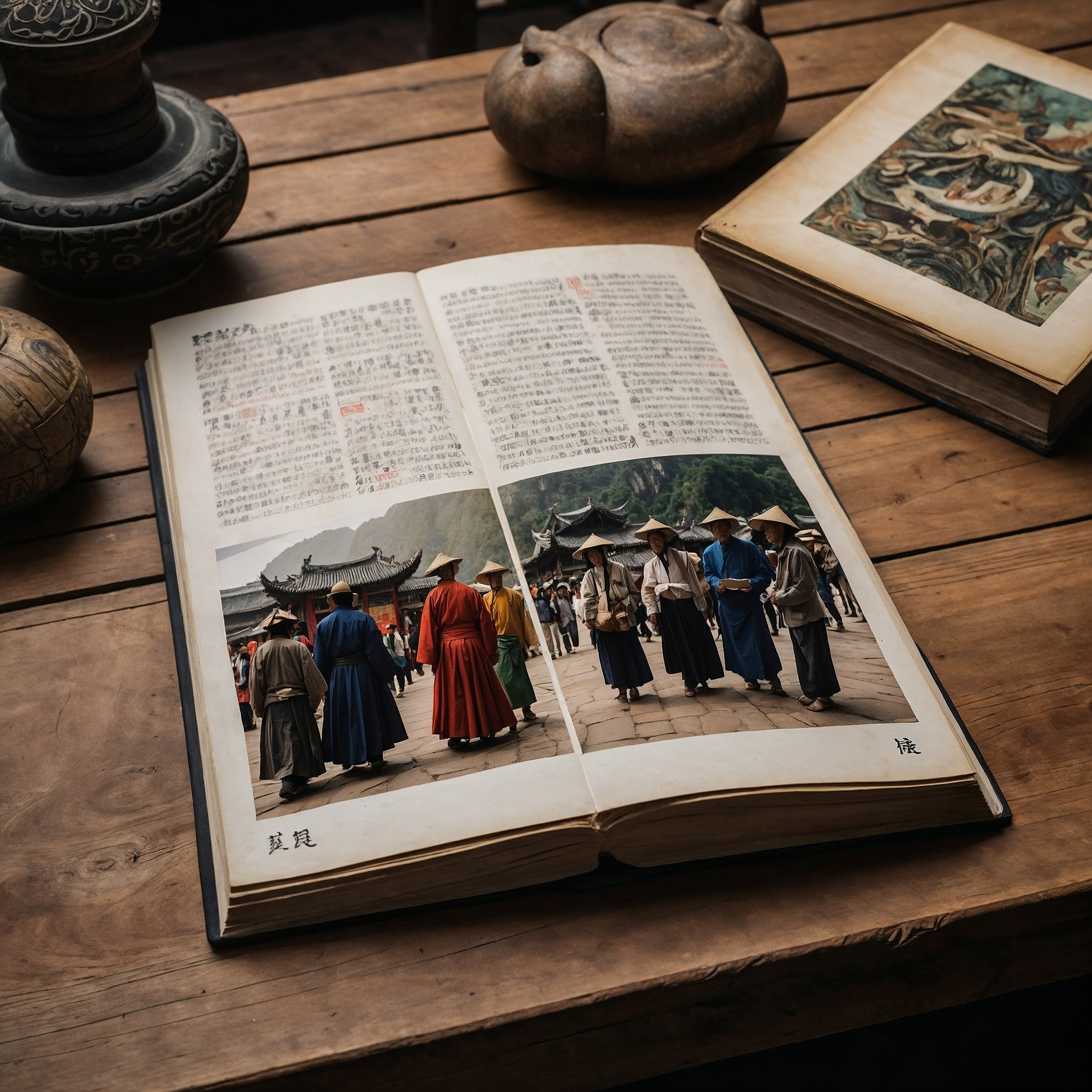
Influential Texts: Guides to the Tao
Tao Te Ching by Laozi: A text that speaks in poetic wisdom, guiding us toward humility, simplicity, and connection with nature. Each verse offers a quiet reminder of how we can step back from ambition and embrace balance.
Zhuangzi: A collection of parables that bring Taoist ideas to life through stories of nature, transformation, and the acceptance of life’s flow. These stories invite us to reflect on the ways we approach control, spontaneity, and acceptance..
Through these texts, we begin to see how Taoism invites us into a rhythm of life that is unhurried, mindful, and deeply connected to the world around us.
Understanding the Tao (The Way)
Embracing the Tao

For many of us, the idea of living in alignment with the Tao may feel new, but at its core, it is a path toward natural flow and harmony. The Tao represents a force that moves through all things, guiding the rhythms of the world. Instead of defining it rigidly, Taoism invites us to sense it—to observe nature and find resonance with its cycles.
When we begin to connect with the Tao, we can let go of forcing outcomes, instead moving with life rather than against it. This approach brings relief from the pressures of constant striving, allowing a quiet strength to unfold as we align with the natural course of life.

Wu Wei: The Principle of Effortless Action
One of the most central concepts of Taoism is Wu Wei, which means “effortless action” or “non-forcing.” Many of us face daily pressures to achieve, accomplish, and control. Wu Wei offers a different perspective, one where we move in harmony with the current of events instead of swimming against it.
Imagine a day at work when nothing goes as planned—emails are piling up, tasks are missed. In moments like these, the instinct may be to push harder, but Wu Wei encourages us to pause, take a breath, and let things unfold with ease. This approach doesn’t mean abandoning action; it means embracing the actions that flow naturally, allowing the rhythm of the situation to guide us.
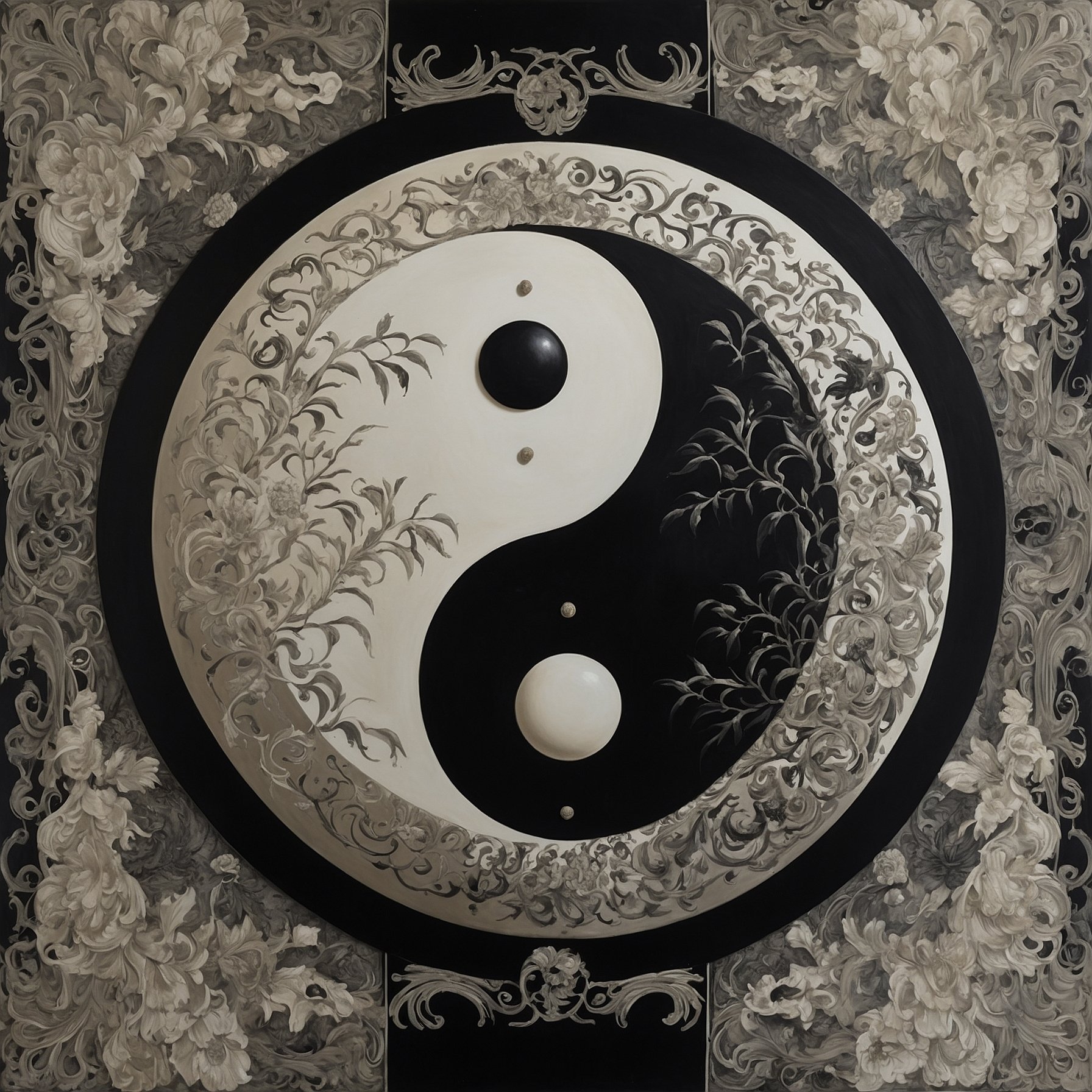
Yin and Yang: Finding Balance in All Things
In life, we often encounter dualities—moments of light and dark, work and rest, success and setbacks. The Yin-Yang symbol represents the Taoist belief that these opposites are interconnected, each giving rise to the other in a continuous cycle.
As we navigate life, seeking balance between these dualities can help us avoid extremes and find a steadiness that feels natural. Think of a week packed with responsibilities; balancing periods of focus with moments of stillness can renew our energy. In Taoism, this balance is not something to achieve once and for all; it’s a dynamic flow that we are invited to follow.
Core Principles of Taoism
Simplicity and Humility

Many of us sense the weight of modern life’s demands, where complexity and status can pull us away from what truly matters. Taoism values simplicity and humility, reminding us that contentment often lies in living lightly. Laozi wrote, “I have three treasures, guard and keep them: The first is deep love, the second is frugality, and the third is not to dare to be ahead of the world.” These treasures offer a life rooted in compassion, modesty, and simplicity.
When we shift from pursuing excess to embracing enough, we find space to connect with others and the world in a genuine way. Taoism encourages us to remove the layers of ego, inviting a clearer view of what truly brings us happiness.
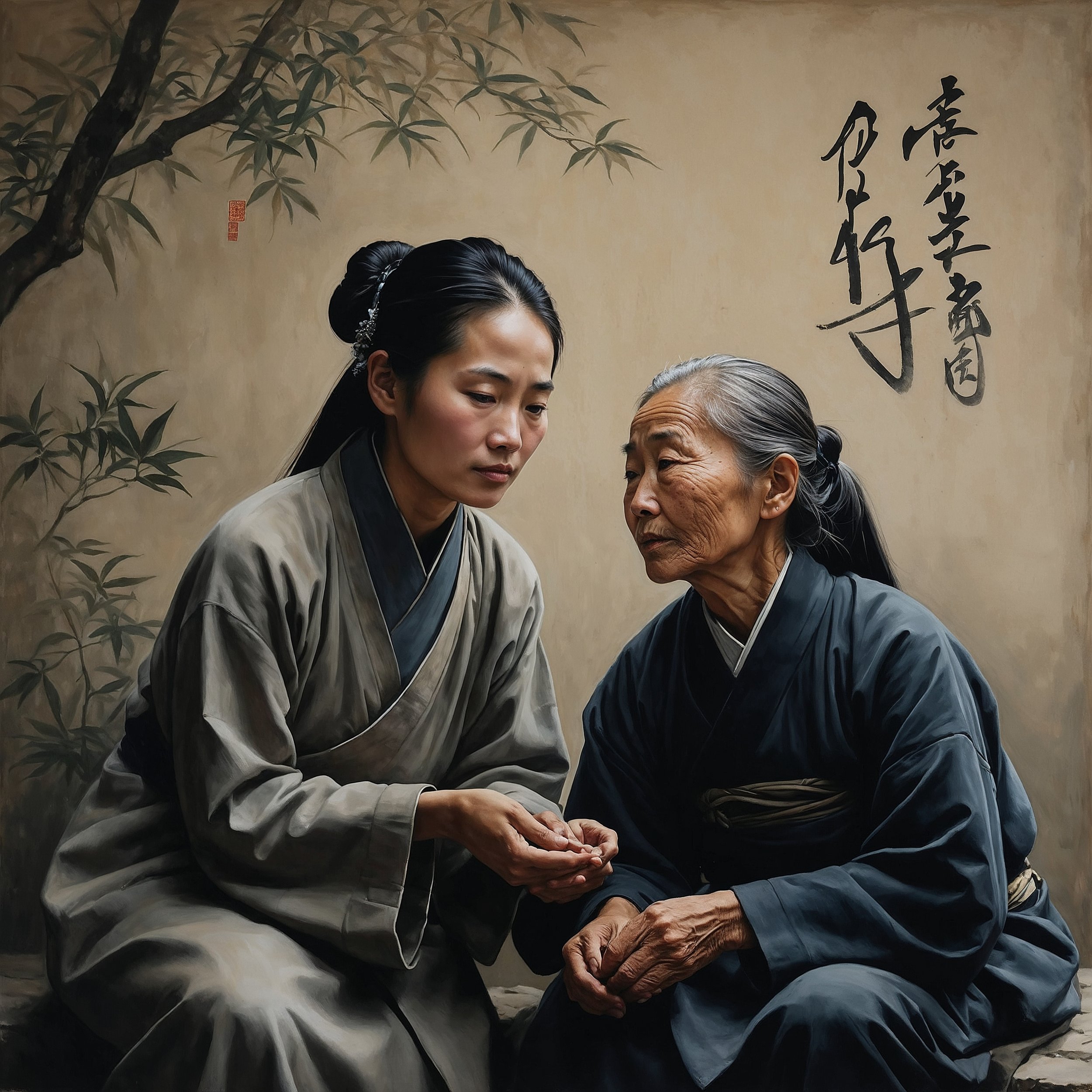
Compassion and Moderation
Another valuable principle in Taoism is compassion—the understanding that all life is interconnected. We live alongside each other, influencing and supporting one another. By cultivating compassion, we foster connections that ground us in the shared human experience.
Alongside compassion is the practice of moderation. As we move through life, Taoism encourages us to let go of excess and instead cherish what we have. In a world often driven by more, this approach suggests that happiness comes from appreciating the richness of simplicity, a lesson many of us can appreciate.

Naturalness and Spontaneity
Many of us feel the pressure to fit into molds or live up to expectations, but Taoism encourages us to be true to our natural selves. In the Zhuangzi, we are reminded to follow our inclinations without pretense. This idea of naturalness means letting our actions flow from who we genuinely are.
Spontaneity, too, plays a role in living authentically. When we let go of rigid plans and allow ourselves to respond naturally, we create space for creativity, connection, and discovery. This approach invites us to engage with life on our own terms, moving freely and openly.
Taoism in Daily Life
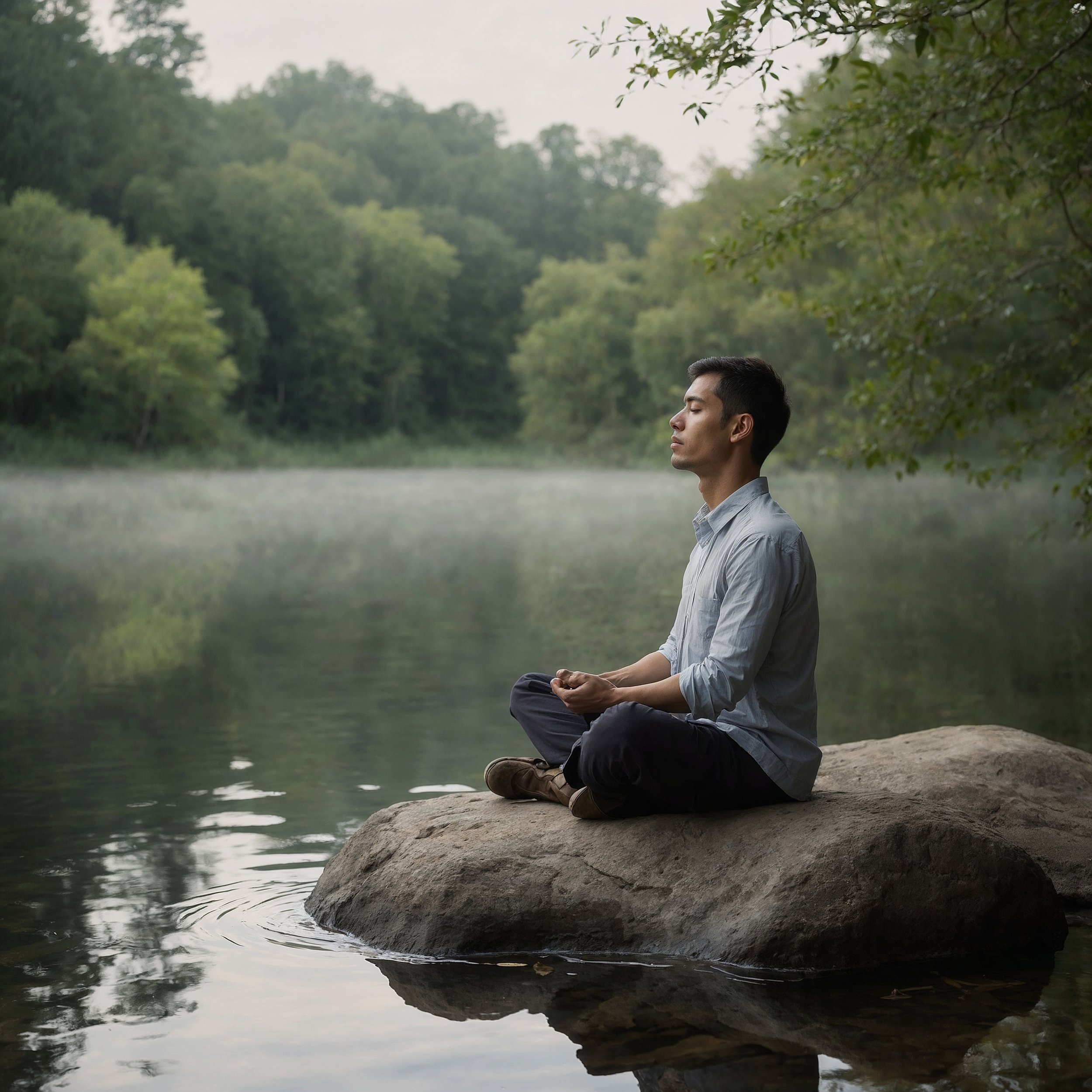
Mindfulness and Meditation
Mindfulness is central to Taoism. It encourages us to observe without judgment and be present with what is. Taoist meditation practices focus on “just being,” where thoughts and emotions come and go like clouds in the sky.
Practice Tip: Try a simple Taoist breathing exercise: inhale deeply, count to four, hold for two, and exhale for another four. Visualize yourself as grounded and adaptable, like a tree rooted in the earth yet open to the elements.
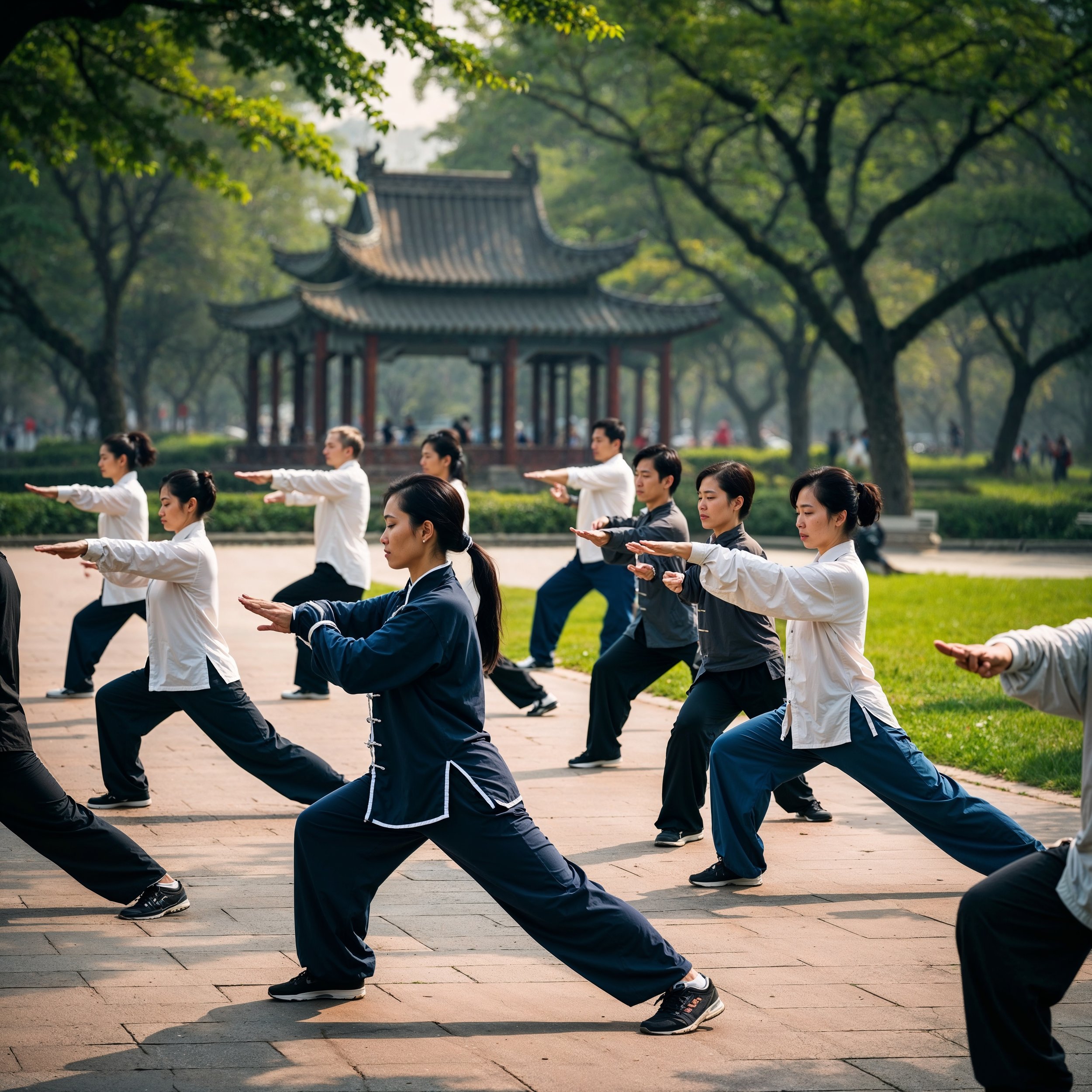
Health and Longevity Practices
Many of us look to health practices as a way to support body and mind, and Taoism has contributed a wealth of wisdom in this area. Qigong and Tai Chi combine gentle movement, breathwork, and focused energy, fostering harmony within.
Practical Suggestion: Incorporating a few minutes of Tai Chi or gentle stretching into your morning routine can cultivate calmness and set a balanced tone for the day ahead.

The Art of Letting Go
One of the greatest challenges we face is letting go of control—over outcomes, situations, or people. Taoism’s emphasis on letting go offers a path to release, where we allow life to flow as it will.
Reflection Prompt: “Consider a situation in your life where you’re holding on tightly. How might releasing control relieve some of your stress?”
Embracing this mindset can ease anxiety and open us to unexpected joys.
Taoism and Staoicism: Where East Meets West

Common Themes with Stoicism
As we explore Taoism, we may see parallels with Stoicism, a philosophy that teaches acceptance and resilience.
Example: Wu Wei and Stoic Amor Fati
One powerful intersection of these philosophies is between Wu Wei and the Stoic concept of Amor Fati (“love of fate”). Both ideas suggest an openness to life as it unfolds. By blending Stoic resilience with Taoist flexibility, we can cultivate an inner calm that carries us through life’s ups and downs.
Conclusion
This blend of Taoist and Stoic principles offers a way of living that is both resilient and adaptable. By balancing the Taoist spirit of flow with Stoic strength, we can cultivate an inner calm that helps us navigate life’s ups and downs, grounding us in the present while building resilience for the future.
In what areas of your life might you benefit from embracing a ‘let it flow’ approach? How could blending resilience with acceptance transform your perspective? We’d love to hear your thoughts in the comments and invite you to explore more about the journey of Staoicism.
🌊 The Ripple Zone
🔗 Navigate the Flow: Visit the Staoic Compass to find all insights in one place.
🎥 Watch the related video : What is Taoism? Finding Flow in Life’s Chaos [ … ]
📩 Stay in the Flow: Subscribe to our newsletter for weekly Staoicist wisdom.
💬 Share your thoughts below: How does this resonate with your journey?
